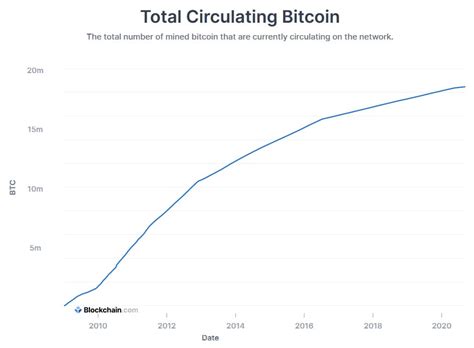BLOG
ブログ
BLOG
Bitcoin: How many blocks per second can sustainably be created using a time warp attack?
Bitcoin: Can the Time Warp Attack Sustainably Create New Blocks at Ultra-High Rates?
The Bitcoin network is one of the most decentralized and secure blockchain networks in the world. Its ability to process transactions and create new blocks at an incredible speed has made it the benchmark for other cryptocurrency projects to follow. However, this high transaction volume has also attracted the attention of potential security threats.
One such threat is the time warp attack, which involves using a sophisticated algorithm to reduce the difficulty of proof of work (PoW) to a minimum. This allows even a single modern mining rig to create a large number of blocks per second, effectively exceeding the current rate of around 50-60 blocks per minute.
The Time Warp Attack: A Mathematical Perspective
To understand how sustainable this attack is, we need to delve into some mathematical concepts. In PoW, the energy required to mine a block is proportional to the amount of work required to solve a complex mathematical equation (i.e., the “hash rate”). The difficulty of solving the equation is then adjusted based on the available computing power and time.
A time warp attack exploits this dynamic by adjusting the difficulty curve in real time. By lowering the difficulty of the target, an attacker can suddenly increase the mining speed to levels that were previously impossible. This effectively allows even a single miner with a high-performance GPU to create new blocks at an unprecedented rate.
Sustainability Concerns
While a time warp attack seems theoretically possible and has been successfully implemented in some cases, it is essential to consider its sustainability. There are several factors to consider:
- Energy Consumption

: The increased mining power required for such an attack would likely result in a significant increase in energy consumption. This could put additional strain on the Bitcoin network’s electrical infrastructure, potentially straining local networks and economies.
- Network congestion: As more miners join the fight for new blocks, the network can become overloaded with slower nodes trying to verify transactions. This congestion would make it increasingly difficult for users to access their funds and could lead to increased latency.
- Security risks: A time-warp attack raises significant security concerns. By reducing the proof-of-work effort, an attacker can create a “double-spend” vulnerability, where they can spend the same bitcoin twice by creating new blocks with spent coins already included in previous blocks.
Current status and future developments
While it’s difficult to predict when or if such an attack will occur, some researchers have investigated ways to mitigate its risks. These include:
- Hashrate regulation: Some companies are working on developing hashrate-regulating hardware that can slow down a time warp attack. This could allow miners to maintain a stable mining speed while benefiting from increased computing power.
- Optimized mining software: Researchers have proposed optimizing mining software to reduce power consumption and increase miner security.
Conclusion
While a time warp attack is theoretically possible, its sustainability remains a concern due to potential power consumption, network congestion, and security risks. As the Bitcoin network continues to grow and mature, it’s important for developers, miners, and regulators to work together to mitigate these issues and ensure the long-term stability of the ecosystem.
In conclusion, while a time warp attack is not an immediate threat, its sustainability impact needs to be carefully considered. The future of Bitcoin will require innovative solutions to balance security with scalability, energy efficiency, and miner welfare.
